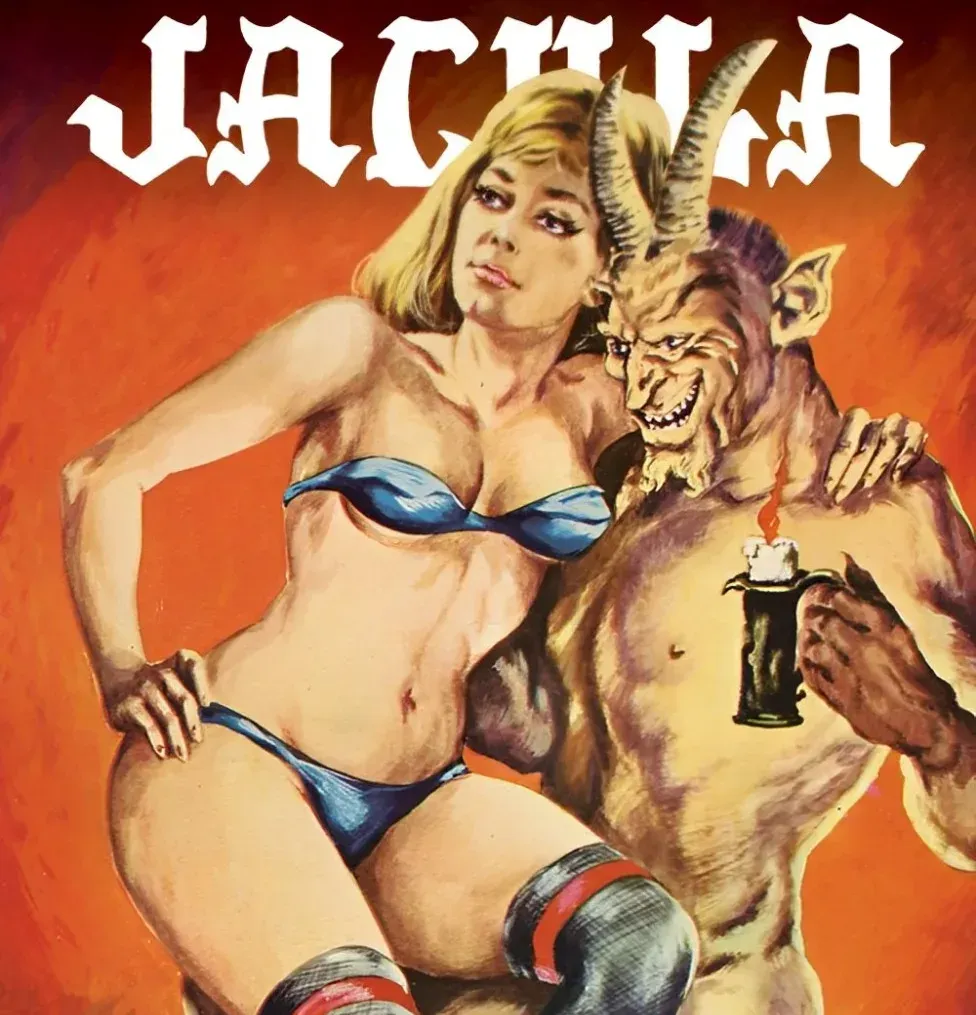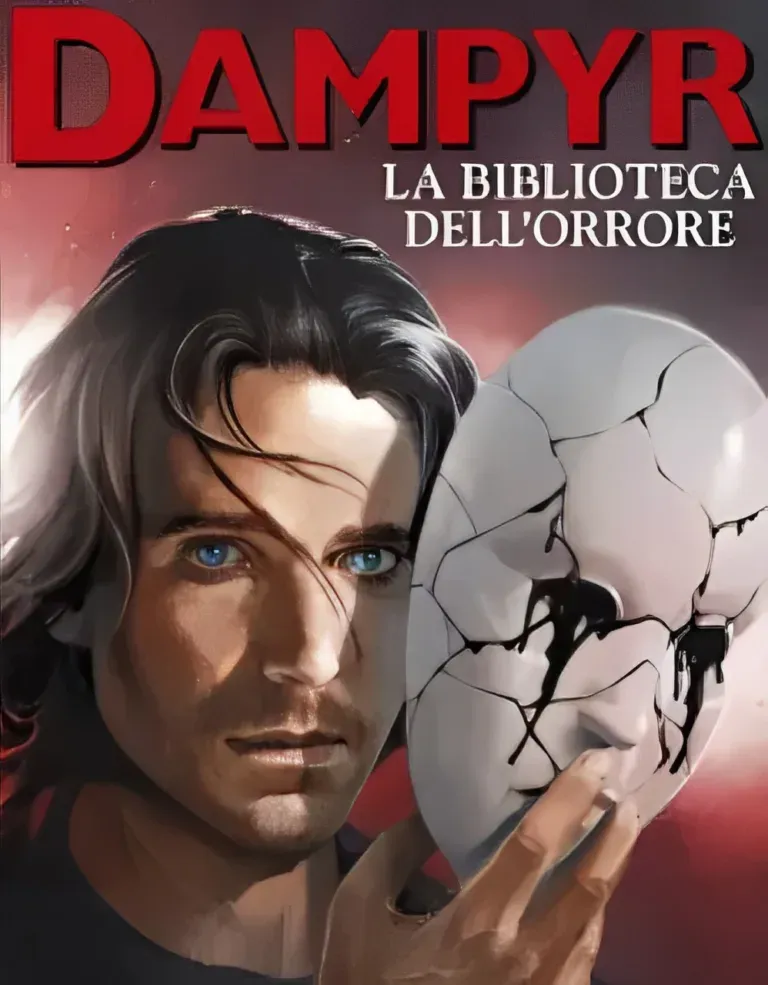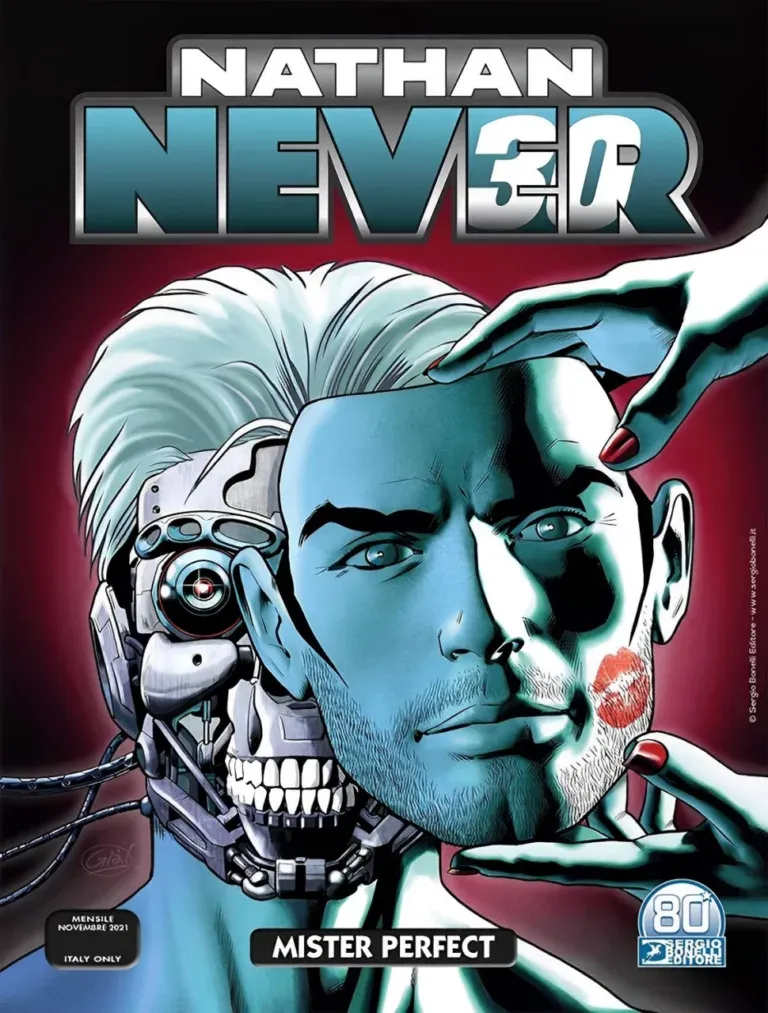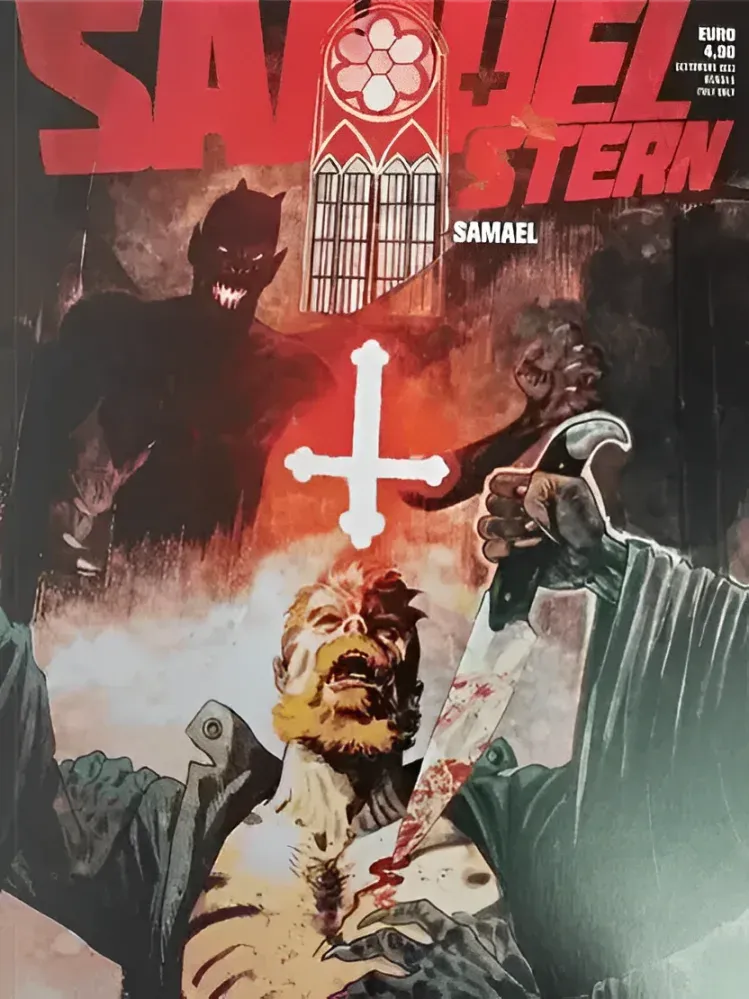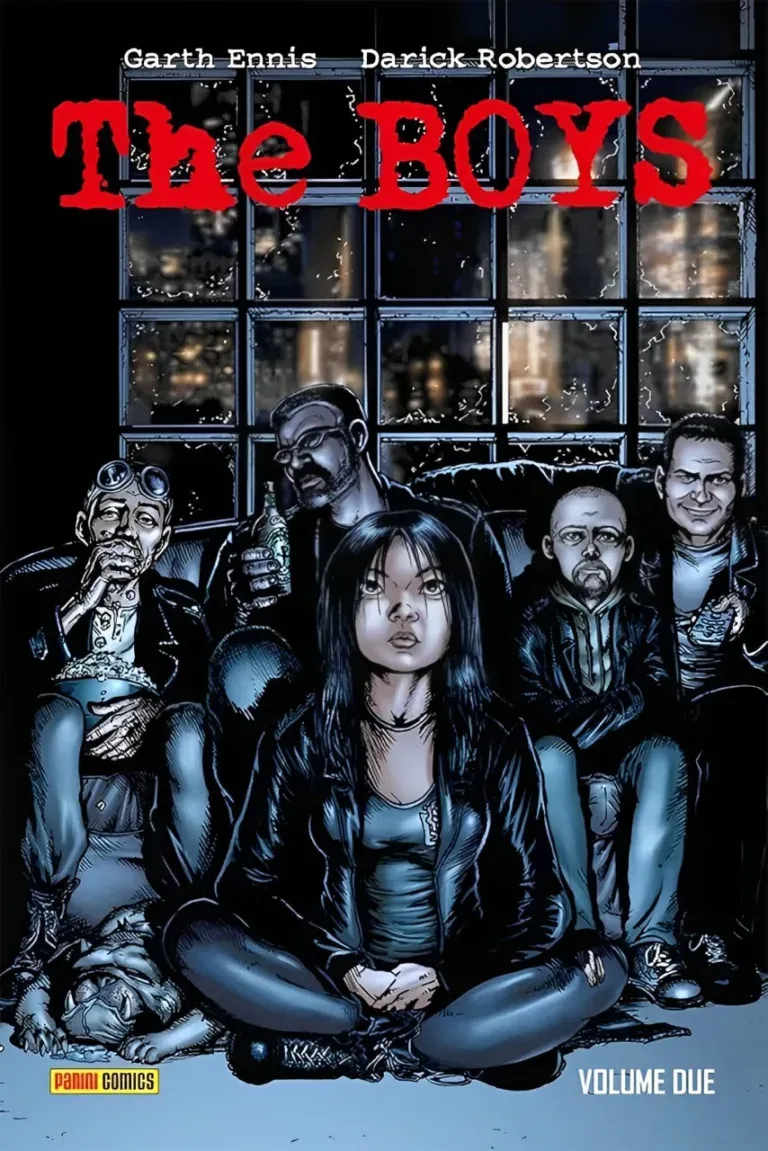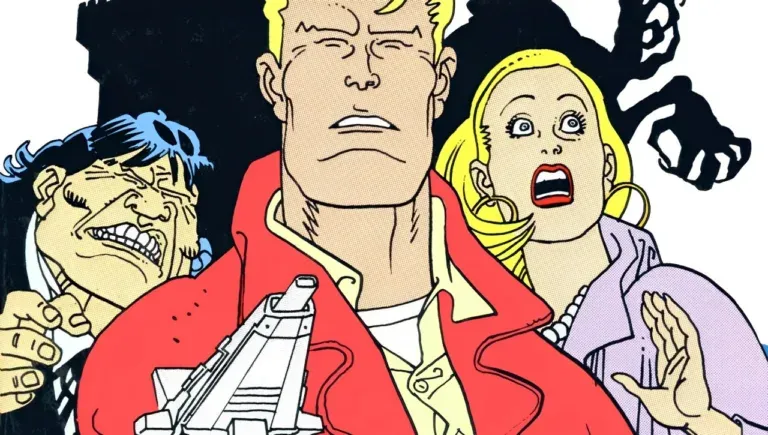Jacula
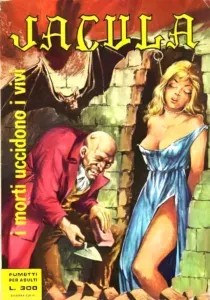
Jacula
Represents one of the cornerstones of the Italian erotic-horror landscape, a genre that in the 1970s found widespread resonance among adult readers. Created by Renzo Barbieri and Giorgio Cavedon, Jacula’s character stands out for her ambiguous allure, suspended between the desire for redemption and the curse of her vampiric nature. Published by Ediperiodici, the comic skillfully combines gothic elements, sensuality, and a touch of melodrama that has made it a cult favorite.
Jacula Velenska, the protagonist, is a complex and multifaceted character. A noble-born vampire, she navigates a world where darkness and sin are inextricably intertwined. Alongside her are her husband Carlo Verdier, also a vampire, and the loyal servant Wolf, a werewolf with canine devotion to his mistress. The dynamic among the three enriches the narrative with tension and unpredictability.

One of Jacula’s distinctive features is how it intertwines the themes of eroticism and horror. The stories go beyond simply recounting supernatural adventures, delving into the characters’ most hidden desires, often with a transgressive and provocative edge. This bold approach allowed the series to stand out from traditional horror comics, attracting an adult audience seeking more nuanced and complex narratives.
The graphic depiction of Jacula is another of its strengths. The covers, often created by artists like Leandro Biffi and Carlo Jacono, captivate with sensual and unsettling images. The interiors, crafted by illustrators such as Giorgio Cambiotti and Alberto Giolitti, offer a mix of refined details and dark atmospheres that enhance the gothic setting of the series.
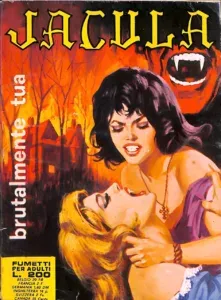
The year 1971 marked a particularly creative period for Jacula, with episodes that expanded the narrative universe and deepened the protagonists’ character development. Issue 50, titled Blood Calls Blood, is emblematic in this regard. The story explores the ancestral connection between Jacula and an ancient vampire sect, unveiling family secrets that shed new light on her immortality.
In Blood Calls Blood, the narrative begins with Jacula forced to confront a past she had sought to forget. The discovery of an ancient manuscript leads her to an abandoned monastery, where she comes face-to-face with the patriarch of her vampiric bloodline. Here, amidst dark rituals and chilling visions, an inner conflict emerges that tests her resolve.
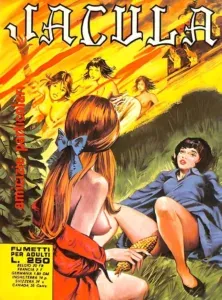
The story’s climax is laden with tension. Jacula must choose between loyalty to her vampiric family and her desire for freedom. In a surprising twist, the protagonist thwarts a conspiracy orchestrated by her ancestors, once again demonstrating her cunning and willpower.
Although the plot sometimes veers into melodrama, the comic manages to maintain a balance between entertainment and introspection. The complexity of the events and the evolution of the characters make each issue a captivating read, capable of surprising even the most seasoned readers.
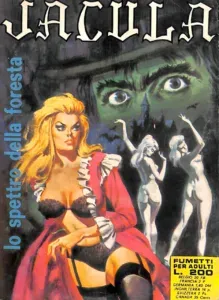
Ultimately, Jacula is not just a comic but a journey into a world where the line between good and evil is often blurred. The series remains a touchstone for fans of horror and eroticism—a masterpiece deserving of rediscovery and appreciation for its originality and narrative audacity.
Spoiler Alert
In the finale of issue 50, Blood Calls Blood, Jacula is forced to drink the blood of an innocent to seal a pact with the ancient vampire sect. But in an act of rebellion, she uses the blood for a spell that destroys the entire sect, implying that her quest for freedom knows no bounds—not even blood ties. During the final confrontation, the patriarch of her lineage tries to manipulate her with visions of her human past, exploiting her nostalgia and guilt for the life she lost. However, Jacula proves relentless, leveraging the dark power of the blood to reverse an ancient ritual, trapping her ancestors’ spirits in eternal torment. The closing scene, where Jacula emerges from the ruined monastery as the sun rises on the horizon, symbolizes her determination not to be bound by any predetermined fate.

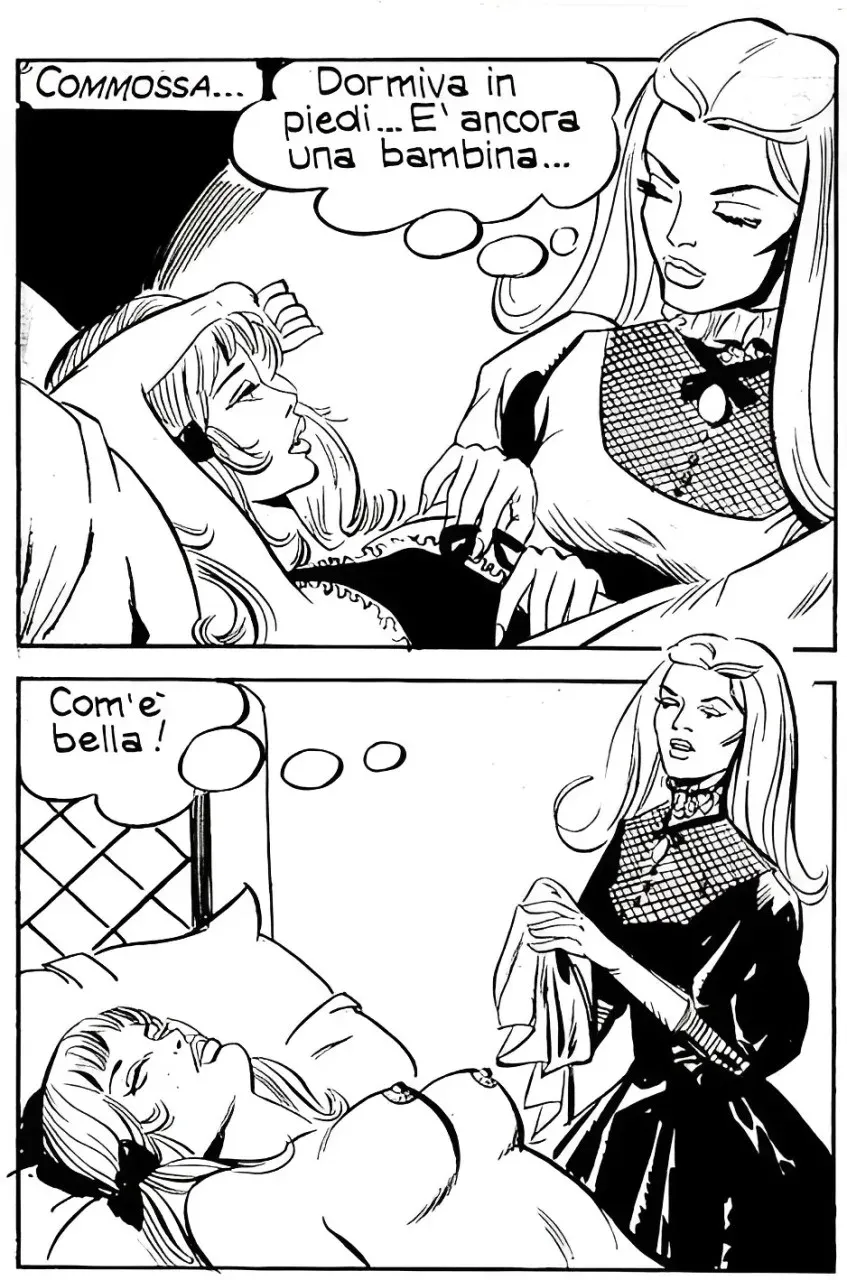

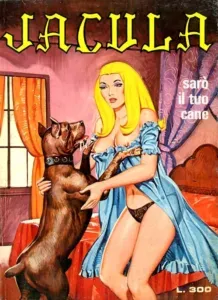
Subscribe to our YouTube channel
